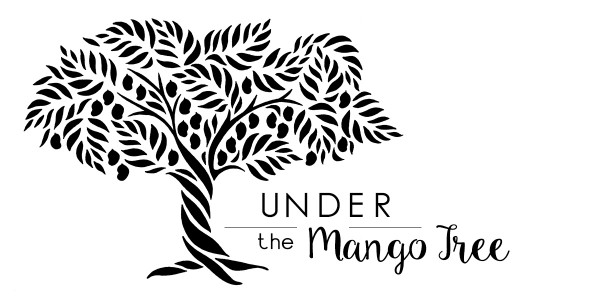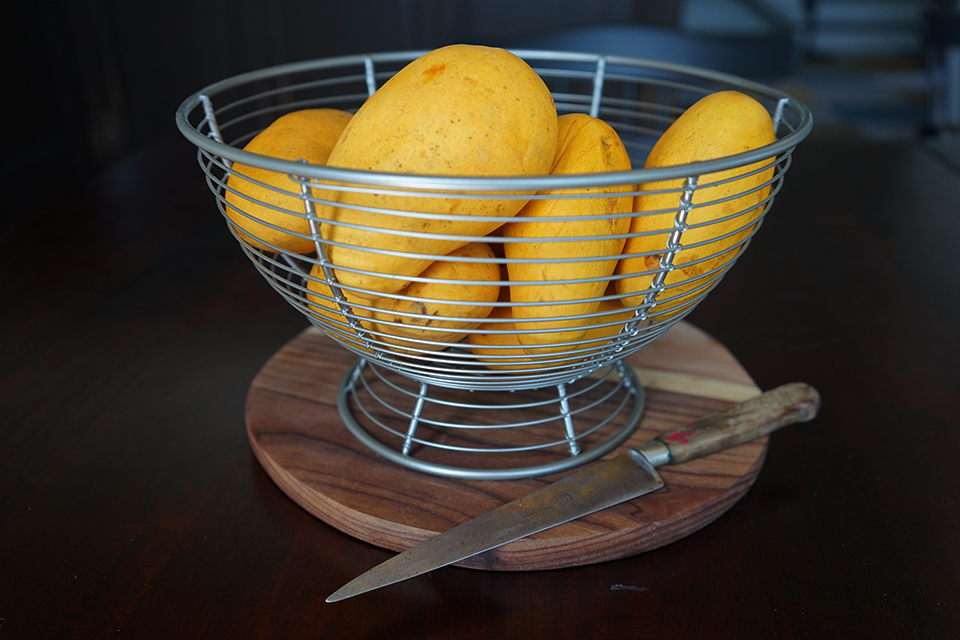Are we every really prepared for good things to end?
In recent years, Ataulfo mangoes have become a staple of many mango programs across the USA and Canada. Fruit eaters have warmed to this deliciously sweet and texturally silky mango. The path to increase consumer appreciation has not been easy for the Ataulfo, whose skin is most often blemished and overly wrinkled when it is perfectly ripe. Its shelf life is short, and bruises and scuffs tend to show up more on the Ataulfo – oftentimes showing up and disappearing and showing up and disappearing as the mango moves through the various stages of ripeness. Unlike its counterparts, the Ataulfo mango can only be eaten when ripe, so patience is a must and confusion among consumers regarding when it’s actually ready can be high. It’s Mexican name, celebrating its Mexican heritage, can be hard to pronounce for many North Americans, creating complications in education and marketing and spreading the joy for this mango varietal. Yet, despite all these obstacles, Mexico’s yellow slipper has succeeded, particularly in the organic sector, and especially as more consumers taste it and learn its nuances. Many retailers have succeeded greatly promoting this mango and sales have jumped in recent years. And now, just when everyone is used to its high dollar sales and consumer excitement, the season is ending.






